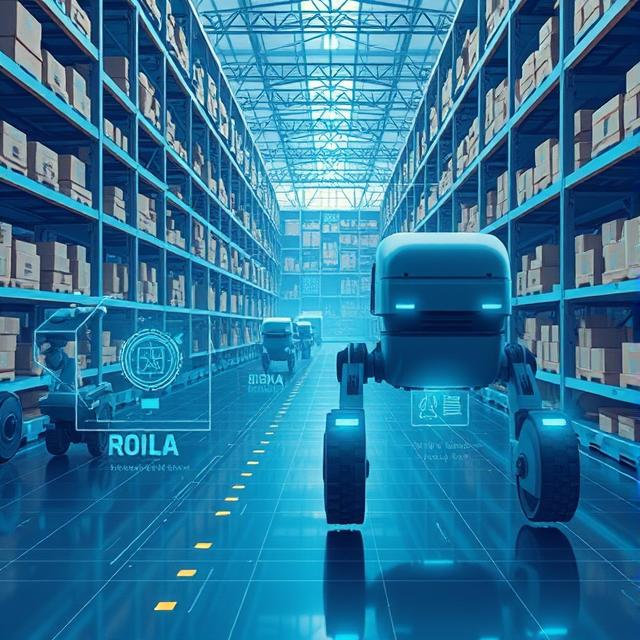Self-driving Mobile Robots (AMRs) have an impact on how companies run. Unlike old-school robots that stick to set paths, AMRs rely on high-tech sensors and AI software to move on their own choosing what to do as they go. This skill lets them handle tricky settings and do jobs well without people stepping in.
Why AMRs Are Catching On
AMRs are becoming key in many fields because they’re flexible, work well, and can do things by themselves. New steps forward in AI and robotics have made them easier to get and more budget-friendly letting all kinds of businesses speed up their work lower staff costs, and get more done.
Main Perks of AMRs
- Better Productivity: AMRs work non-stop boosting output.
- Less Expense: Cutting down on human workers leads to cheaper operations.
- Adaptability: You can reprogram AMRs to do different jobs and they adjust to new settings.
- Improved Worker Safety: AMRs take on risky or boring tasks cutting down on workplace accidents.
How AMRs Do Their Job
AMRs use many sensors, like cameras, lasers, and infrared, to create maps of where they are and move without crashing. They run on machine learning systems to handle data, dodge things in their way, plan their routes, and choose what to do as they go. This ability to adapt makes them key players across many fields.
AMRs in the Real World
- Warehouse Automation: Big online retailers like Amazon and Alibaba use AMRs to boost productivity and cut costs. These robots make inventory management and order fulfillment easier.
- Healthcare: Hospitals rely on AMRs to move medical supplies, lab samples, and drugs around. This cuts down on human mistakes and frees up staff to focus on patient care.
- Retail: Stores bring in AMRs to scan shelves, restock goods, and help customers. This leads to more accurate inventory and better shopping experiences.
Different Types of AMRs
- Goods-to-Person AMRs: Bring items to workers to pick, pack, or assemble in warehouses.
- Autonomous Forklifts: Lift and move heavy items in industrial areas.
- Delivery Robots: Move goods inside buildings or around cities.
- Cleaning Robots: Work on their own to clean hospitals, malls, and offices.
The Future of AMRs
As AI and robotics get better, AMRs will become smarter. Future models will make better decisions and fit more into our daily lives. Companies that use AMRs will have an edge in a fast-moving market.

1 comment
Your blog has become my go-to source for positive and uplifting content Thank you for consistently delivering high-quality posts